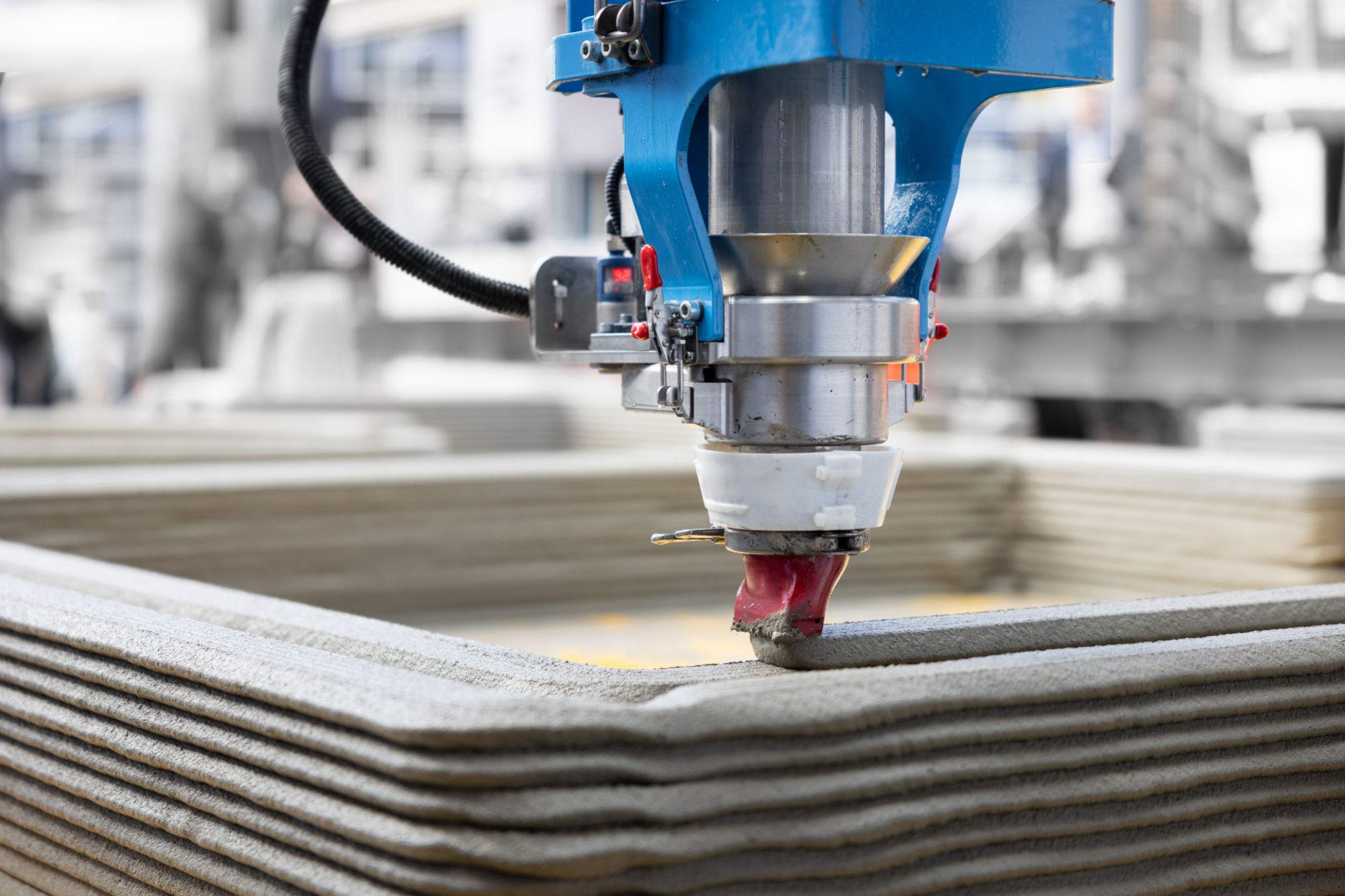How to Choose the Right Material for Your Custom 3D Prints
When it comes to custom 3D printing, selecting the right material is crucial for achieving the desired results. With a variety of materials available, each offering unique properties, it can be challenging to decide which one is best suited for your project. Understanding the differences among these materials will help you make an informed decision and ensure that your 3D prints meet your expectations. In this article, we will explore the factors to consider when choosing a material for your custom 3D prints.
Understand Your Project's Requirements
The first step in selecting the appropriate material for your 3D print is to understand the specific requirements of your project. Consider factors such as the intended use of the final product, the environment it will be exposed to, and any mechanical properties it must possess. For instance, if you are creating a prototype that needs to withstand high temperatures, a material like ABS might be more suitable than PLA.

Consider Material Properties
Each 3D printing material has its own set of properties that can affect the quality and performance of the finished product. Some common properties to consider include:
- Strength: Materials like nylon and polycarbonate are known for their strong tensile strength.
- Flexibility: TPU and TPE are great choices if you need a flexible or elastic part.
- Durability: PETG offers excellent durability and impact resistance.
- Heat Resistance: ABS and polycarbonate can withstand higher temperatures compared to PLA.
By evaluating these properties, you can narrow down your options to materials that align with your project's requirements.
Evaluate Printability
Another important factor to consider is how easy the material is to print with. Some materials require specific printer settings or additional equipment, such as a heated bed or enclosure. For instance, PLA is known for being beginner-friendly and easy to print with, while materials like ABS might require more precise temperature control.

Moreover, certain materials might have specific post-processing requirements, such as sanding or coating, to achieve the desired finish. Assessing the printability of a material will help you determine if it is suitable for your skill level and available resources.
Factor in Cost and Availability
The cost and availability of materials can also influence your decision. Some high-performance materials might come with a higher price tag, while others are more affordable and widely available. It is essential to balance the cost with the benefits provided by the material to ensure that it aligns with your budget without compromising on quality.

Test and Experiment
Finally, don't hesitate to test and experiment with different materials to better understand their capabilities and limitations. Many 3D printing enthusiasts find value in creating small test prints using various materials before committing to a larger project. This approach allows you to evaluate how each material behaves during the printing process and assess its suitability for your specific needs.
In conclusion, choosing the right material for your custom 3D prints requires careful consideration of your project's requirements, material properties, printability, cost, and availability. By understanding these factors and experimenting with different options, you can ensure that your 3D prints are not only functional but also meet your quality expectations.